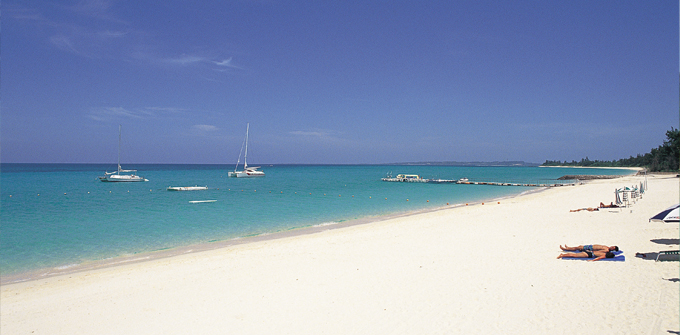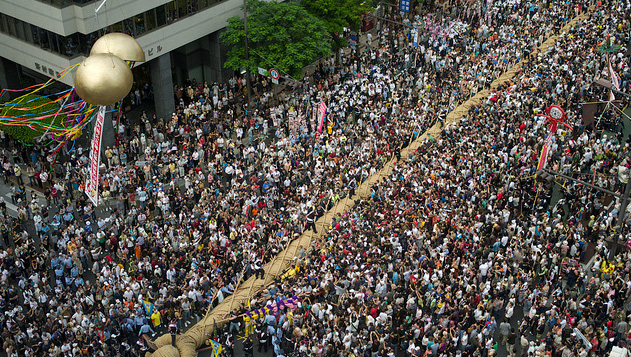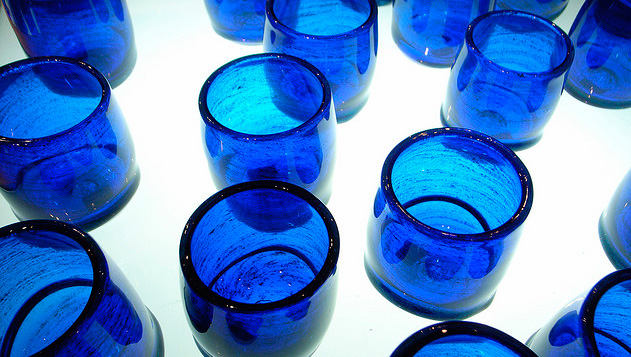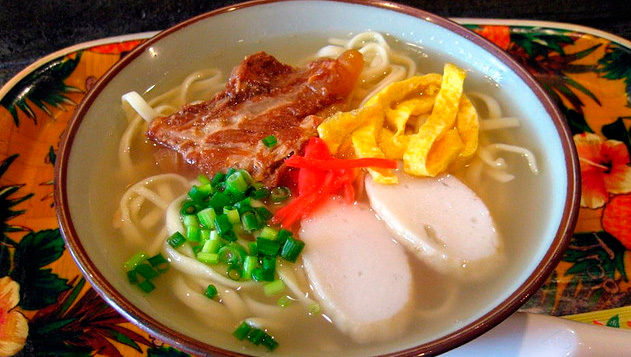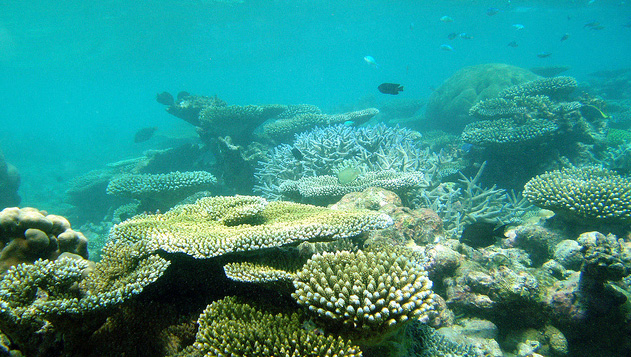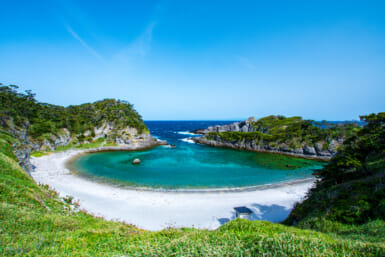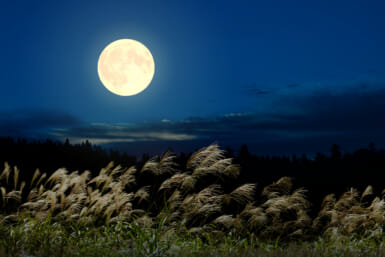Weekender visits Okinawa, Japan’s tropical paradise
Okinawa Prefecture consists of 160 islands stretching 400 kilometers north to south and 1,000 kilometers east to west between the Pacific Ocean and the East China Sea, of which about 50 are inhabited. The chain is known as the ‘Ryukyu Islands’ as has a culture distinctly different to that of mainland Japan. Okinawa is just a three hour flight from Tokyo but these tropical islands couldn’t be further from old Edo.
Climate
Okinawa belongs to a subtropical climatic region and has an annual average temperature of 22.7 degrees C, with warmer overall average temperatures than mainland Japan. A seasonal wind blows from the south in summer and the north in winter. This means that pretty much whenever you go it will be hot.
History
Okinawa has a colorful and unique culture, history and philosophy of life. Outstanding Okinawan cultural events, completely different from those of mainland Japan, are now treasured and have become an object of interest in Japan as well as in the rest of the world. An imperial court culture developed in the Ryukyu Kingdom under the influence of China, Japan and other East Asia countries which helps explain the island chains uniqueness.
The people of Okinawa have faced numerous hardships in the past, however they have always kept the ‘Okinawan spirit’ in their hearts. Rather than a sword in their family alcove like mainland Japan, they displayed a sanshin (an Okinawan guitar type instrument), and the wrote songs about happiness and sadness and expressed these feelings through dance. Because of this Okinawa is known as the island of singing and dancing.
The island’s illustrious history began with the Gusuku Period, from the 12th to 15th centuries. The governmental and economic foundations of the Ryukyu Kingdom were solidified at the end of the Classical Ryukyu Period. The Ryukyu kingdom remained independent and engaged in trade with Southeast Asian countries in the Modern Ryukyu period.
After the Ryukyu Kingdom collapsed and became part of Japan, Okinawa endured the Battle of Okinawa, one of the few Japanese ground battles of World War II during which more than 200,000 people died.
Okinawa was administered by the United States until the restoration of Japan in 1972. The Okinawan culture and philosophy of life, passed down through the island’s extraordinary history, is still a part of everyday living. After World War II, a large number of Okinawan’s emigrated to South America, Hawaii and elsewhere, making Okinawan emigration also a significant part of Okinawa’s history. Today, the US still maintains a large presence on the islands with Air Force and Marines bases, the location of which are still a contentious issue with local and Japanese politicians.
Major Festivals
Naha Great Tug-of-War: This traditional tug-of-war, a key feature of Okinawa’s autumn season, is held to help pray for a good harvest. Thousands of people compete on east and west teams to pull a giant, 186 meter long rope. This festival made a Guinness World Record for biggest tug-of-war in the world.
Flower Festival: Flowers are always in bloom in Okinawa and can be appreciated year round. Whether it’s January and the middle of winter at Yaedake with its cherry blossoms, early February at the Okinawa International Orchid Show, March’s Higashi Village Azalea Festival or April and May’s Ie Island Lily Festival, Okinawa is a virtual botanical garden all year round.
Shurijo Castle Festival: This festival takes place over a three-day period from the end of October to the beginning of November at Shurijo Castle and in various other parts of Naha City.
Dragon Boat Races-Haarii: The Haari has its origins in Southeast Asia, where groups of fishermen raced against each other in a ritual intended to ensure a good catch during the fishing season.
Eisa Festival: This Okinawan folk dance originally performed by young people to entertain the spirits of ancestors, who are believed to visit their families during the Obon season.
Ryukyu Dance Festival: Dance in Okinawa is a much a part of the culture as are the people. Derived from hand gestures and ritual prayer, Ryukyu dance is often symbolized by large red lotus hats.
Arts and Crafts
Ryukyu glassware, popular with locals and tourists alike, was created from discarded soft drinks bottles after World War II. The glassware is continually evolving through intensive research and development, with expanded usage and the introduction of new materials to create unique designs and colors.
Textiles: Okinawan textiles have always been inspired by natural phenomena such as sun, wind, vegetation and soil. One of Okinawa’s most famous textiles, Bingata is representative of Okinawan dyed work. There is also a wide range of hand woven textiles influenced by Southeast Asia, China and Japan. The rich variety and technique of Okinawan textiles are beyond compare, even with those produced in mainland Japan.
Pottery: The technique employed in the Ryukyus’ Yachimun pottery was imported from China around the middle of the 14th century and was later influenced by Japanese and Korean ceramics. Ryukyu pottery can be found at Tsuboya in Naha City and Yachimun no Sato in Yomitan Village.
Lacquer ware possesses a unique beauty and a proud history in Okinawa that was greatly influenced by China. Ryukyu lacquer-ware is produced through the use of sophisticated techniques, is highly valued and was once used as a premium object of commerce.
Food and Culture
Okinawan Soba, known locally as “Oki-Soba”, this typical Okinawan dish is made from 100 percent white flour, unlike mainland soba. It is served in a bowl of broth with bonito and pork and is topped with thick slices of soki (spareribs) or sanmainiku (three-layered pork), a fish paste called kamaboko and various spices.
Goya Champuru is the best known among several champuru dishes. Goya, Okinawa’s distinctive summer vegetable, is rich in vitamins and minerals and is consumed to ward off the suffering brought on by the intense summer heat.
Tofu Champuru, a typical Okinawan home-style dish, is a stir-fry of tofu, vegetables and meat. Shima tofu, having a firmer texture and stronger flavor than normal tofu, is used in the dish. Champuru means “to mix together” in the Okinawan dialect.
Taco Rice, an icon of Okinawa’s “champuru”, or mixed culture, taco rice was derived from Mexican tacos introduced by the American military. Tacos as they were didn’t take off with Okinawans, giving birth to the now popular dish; taco rice, all the taco fillings on steamed rice, in essence the best of both worlds.
Orion Beer is Okinawa’s representative local brew. The annual Orion Beer fest is one of the biggest festivals in Japan, enjoyed by more than 200,000 visitors each year.
World Class Diving
The Okinawan ocean, home to one of the largest colonies of coral reef in the world, offers numerous world-class diving spots.
A large number of diving shops are open all over the island and are ready to respond to all customer needs. For bilingual support check out Fathoms Diving Shop, located in the Sunabe area of Chatan Town, is well known for serving customers in both English and Japanese.
Sunabe Point Popular among divers from beginners to professionals, Sunabe Point is accessible from Sunabe Beach. Night diving is also possible here.
Onna Point, this is a hidden diving spot located between Cape Manza Beach. Onna Point is also known as Toilet Seat Point due to the shape of the coast.
Maeda Point, drivers at all levels can enjoy this spot throughout the year. Entry to the point is possible via the steep stairs at Cape Maeda.
Seragaki Point is known as a great snorkeling spot and is accessible through a fee-based campground that is a good location for family camping.
For more information please visit the Okinawa Convention & Visitors Bureau website:
www.visitokinawa.jp

